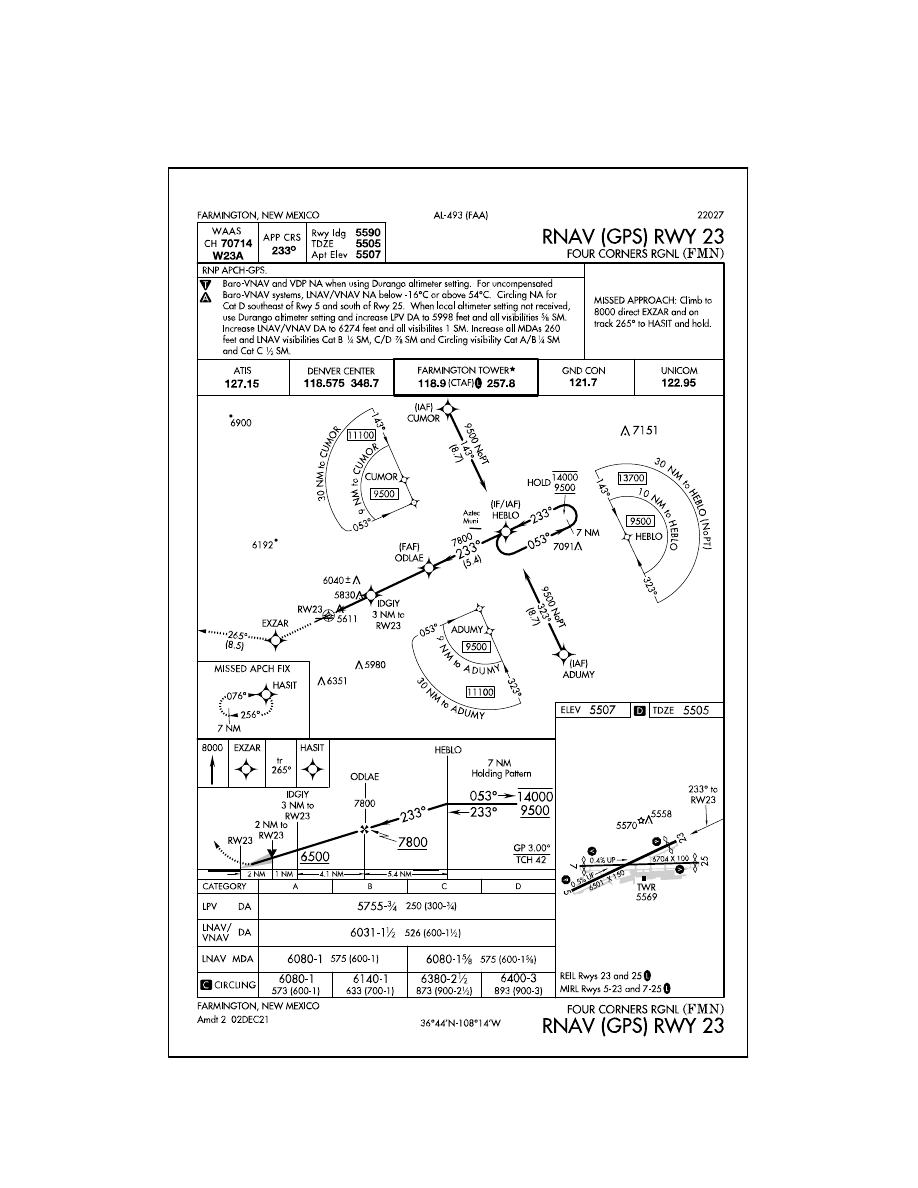
AIM
4/20/23
b.
Pilots encountering weather conditions which have not been forecast, or hazardous conditions which have
been forecast, are expected to forward a report of such weather to ATC.
REFERENCE
−
AIM, Para 7
18, Pilot Weather Reports (PIREPs).
14 CFR Section 91.183(B) and (C).
5
−
3
−
4. Airways and Route Systems
a.
Three fixed route systems are established for air navigation purposes. They are the Federal airway system
(consisting of VOR and L/MF routes), the jet route system, and the RNAV route system. To the extent possible,
these route systems are aligned in an overlying manner to facilitate transition between each.
1.
The VOR and L/MF (nondirectional radio beacons) Airway System consists of airways designated from
1,200 feet above the surface (or in some instances higher) up to but not including 18,000 feet MSL. These airways
are depicted on IFR Enroute Low Altitude Charts.
NOTE
−
The altitude limits of a victor airway should not be exceeded except to effect transition within or between route structures.
(a)
Except in Alaska, the VOR airways are: predicated solely on VOR or VORTAC navigation aids;
depicted in black on aeronautical charts; and identified by a “V” (Victor) followed by the airway number (for
example, V12).
NOTE
−
Segments of VOR airways in Alaska are based on L/MF navigation aids and charted in brown instead of black on en route
charts.
(1)
A segment of an airway which is common to two or more routes carries the numbers of all the
airways which coincide for that segment. When such is the case, pilots filing a flight plan need to indicate only
that airway number for the route filed.
NOTE
−
A pilot who intends to make an airway flight, using VOR facilities, will simply specify the appropriate “victor” airway(s)
in the flight plan. For example, if a flight is to be made from Chicago to New Orleans at 8,000 feet, using omniranges only,
the route may be indicated as “departing from Chicago
−
Midway, cruising 8,000 feet via Victor 9 to Moisant International.”
If flight is to be conducted in part by means of L/MF navigation aids and in part on omniranges, specifications of the
appropriate airways in the flight plan will indicate which types of facilities will be used along the described routes, and, for
IFR flight, permit ATC to issue a traffic clearance accordingly. A route may also be described by specifying the station over
which the flight will pass, but in this case since many VORs and L/MF aids have the same name, the pilot must be careful
to indicate which aid will be used at a particular location. This will be indicated in the route of flight portion of the flight
plan by specifying the type of facility to be used after the location name in the following manner: Newark L/MF, Allentown
VOR.
(2)
With respect to position reporting, reporting points are designated for VOR Airway Systems.
Flights using Victor Airways will report over these points unless advised otherwise by ATC.
(b)
The L/MF airways (colored airways) are predicated solely on L/MF navigation aids and are depicted
in brown on aeronautical charts and are identified by color name and number (e.g., Amber One). Green and Red
airways are plotted east and west. Amber and Blue airways are plotted north and south.
(c)
The use of TSO
−
C145 (as revised) or TSO
−
C146 (as revised) GPS/WAAS navigation systems is
allowed in Alaska as the only means of navigation on published air traffic service (ATS) routes, including those
Victor, T
−
Routes, and colored airway segments designated with a second minimum en route altitude (MEA)
depicted in blue and followed by the letter G at those lower altitudes. The altitudes so depicted are below the
minimum reception altitude (MRA) of the land
−
based navigation facility defining the route segment, and
guarantee standard en route obstacle clearance and two
−
way communications. Air carrier operators requiring
operations specifications are authorized to conduct operations on those routes in accordance with FAA
operations specifications.
2.
The jet route system consists of jet routes established from 18,000 feet MSL to FL 450 inclusive.
En Route Procedures
5
−
3
−
16